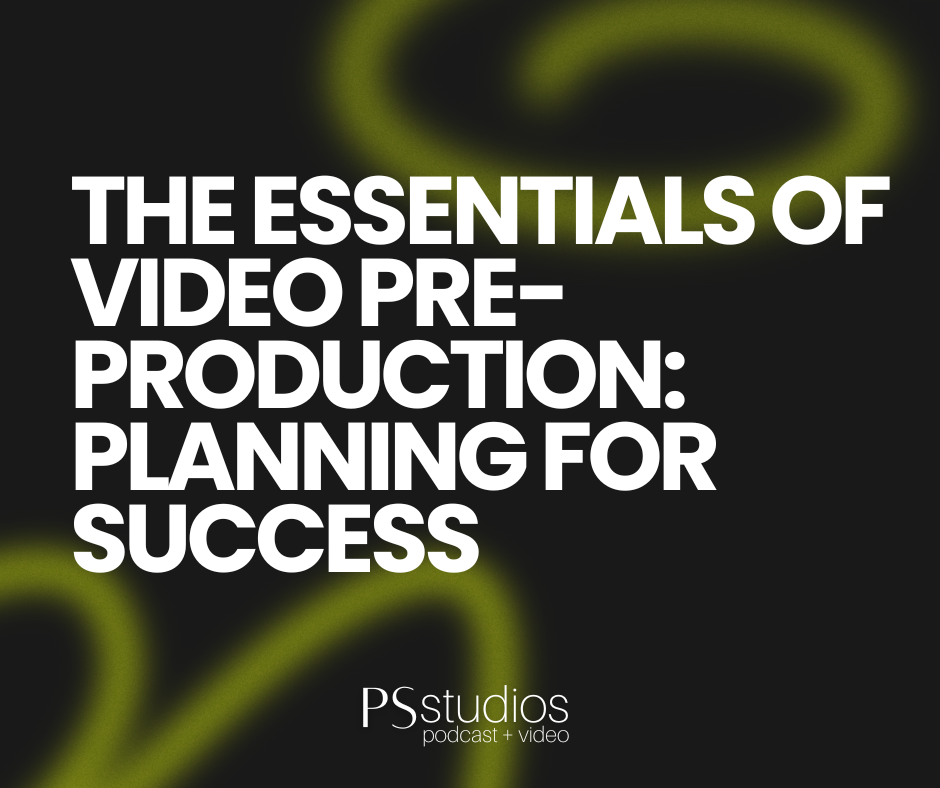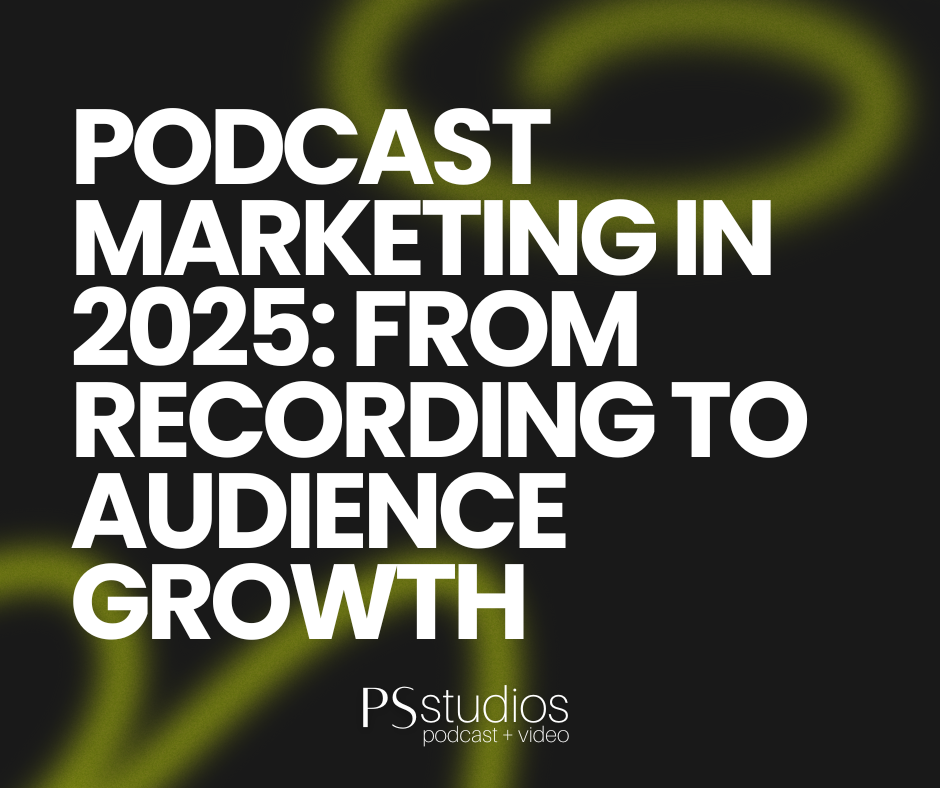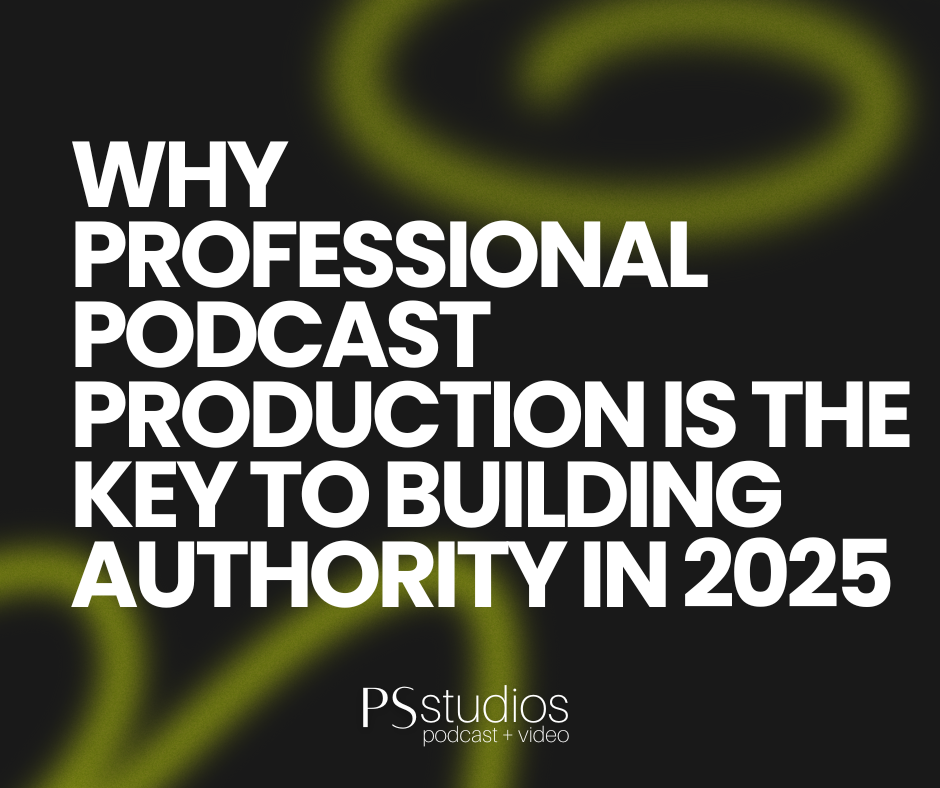
The Essentials of Video Pre-Production: Planning for Success
Creating high-quality video content requires more than just hitting the record button. The secret to successful video production lies in thorough planning, also known as pre-production. Whether you’re producing a short social media clip, a corporate video, or an in-depth documentary, having a solid pre-production process ensures your project runs smoothly, stays on budget, and meets its creative goals.
This guide will walk you through the essentials of video pre-production, offering practical strategies to streamline your process, save time, and achieve professional-quality results.
Pre-Production Planning
Pre-production is the planning stage of any video project. It’s where ideas are shaped into actionable plans, helping teams avoid costly mistakes, last-minute changes, and time-consuming re-shoots. Proper pre-production allows for:
- Clear Creative Direction: Establishing the project’s goals, messaging, and visual style.
- Budget Management: Avoiding unexpected costs by planning every detail ahead of time.
- Efficient Time Use: Minimizing delays by scheduling tasks and organizing resources.
- Quality Assurance: Ensuring the final product aligns with the intended message and aesthetic.
Proper pre-production ensures the quality of the final video by allowing for meticulous planning and organization.
Skipping pre-production often results in chaotic shoot days, miscommunication, and a final product that falls short of expectations.
Understanding the Video Production Process
Step 1: Define Your Goals and Target Audience
Every successful video starts with a clear objective. Ask yourself:
- What is the purpose of this video? (Brand awareness, lead generation, education, etc.)
- Who is the target audience? (Demographics, interests, pain points)
- What action should viewers take after watching? (Subscribe, purchase, share, etc.)
Defining goals and audience is particularly important for creating an effective explainer video. These videos use animations and a mix of visuals, voiceovers, and text to make complex information easily digestible, especially in technical industries like software.
Understanding your goals and audience shapes every decision in the pre-production process, from scripting to distribution.
Step 2: Develop a Strong Concept
Once your goals are defined, it’s time to develop the core concept. This is where creativity comes into play. Brainstorm ideas that align with your brand’s voice and resonate with your audience. Consider:
- Tone and Style: Will the video be informative, entertaining, emotional, or persuasive?
- Format: Are you creating a tutorial, testimonial, commercial, explainer, or a vlog?
- Key Message: What is the main takeaway you want viewers to remember?
Structured planning is crucial for explainer videos to effectively convey messages and engage viewers.
Develop a compelling concept that not only captures attention but also reinforces your brand message.
Step 3: Write a Detailed Script
The script is the backbone of your video. It outlines dialogue, voiceovers, and key actions, ensuring every part of the production supports your core message. When writing a script:
- Be concise and engaging: Keep the viewer’s attention by getting to the point quickly.
- Use natural language: Make dialogue sound authentic and conversational.
- Include visual cues: Describe shots, movements, and transitions.
- Consider timing: Keep the video length aligned with your audience’s preferences.
If needed, create a separate voiceover script or cue cards to assist during filming.
Step 4: Create a Storyboard
A storyboard transforms your script into a visual plan that encapsulates the entire video. It’s a scene-by-scene breakdown that includes sketches, camera angles, and notes on lighting, framing, and movement. Even simple stick-figure drawings can help visualize the flow of the video and identify potential issues before filming.
Storyboarding allows the production team to see the big picture and ensures everyone is aligned on the visual direction.
Step 5: Plan Your Budget and Resources
Budgeting is a critical part of pre-production. Identify all potential costs to avoid surprises later. Consider expenses such as:
- Equipment rentals: Cameras, lights, microphones, etc.
- Talent fees: Actors, voiceover artists, or influencers.
- Location fees: Permits, rentals, or travel costs.
- Props and costumes: Items needed for specific scenes.
- Post-production costs: Editing, color grading, special effects, and music licensing.
Outline the budget in detail and set aside a contingency fund for unexpected expenses.
Step 6: Assemble Your Team
The size and scope of your team will vary depending on your project, but typical roles in a video production include:
- Director: Oversees the creative vision and guides the shoot.
- Producer: Manages logistics, scheduling, and budgeting.
- Camera Operator: Handles camera work and framing.
- Lighting Technician: Ensures proper lighting for each scene.
- Sound Technician: Captures clear audio.
- Editor: Handles post-production, cutting footage, and adding effects.
Partnering with a production company can improve efficiency and cost-savings by leveraging their expertise, equipment, and resources.
If you’re working with a small team or on a solo project, some of these roles may overlap.
Step 7: Secure Locations and Permits
Choosing the right location is crucial for a successful video shoot and can elevate your video’s quality and storytelling. Consider factors such as:
- Lighting: Natural light vs. artificial lighting needs.
- Sound Quality: Avoid noisy locations that may interfere with audio.
- Aesthetic: The location should complement the video’s style and mood.
If filming in public places or private properties, secure the necessary permits well in advance to avoid legal issues or last-minute disruptions.
Step 8: Schedule the Video Shoot
Create a detailed shooting schedule that outlines when and where each scene will be filmed. Consider:
- Time of Day: Lighting changes throughout the day, so plan accordingly.
- Weather: For outdoor shoots, have a backup plan in case of rain or other weather disruptions.
- Availability: Coordinate with talent, crew, and locations to avoid scheduling conflicts.
Ensure the video content is optimized for multiple platforms by scheduling the shoot to accommodate the specific requirements of social media, websites, and video-sharing sites like YouTube.
Include setup and breakdown times, meal breaks, and buffers for unexpected delays.
Step 9: Prepare a Shot List
A shot list is a scene-by-scene breakdown of every camera angle, movement, and framing needed for the video. It ensures the team captures all necessary footage and avoids missing key shots. A detailed shot list typically includes:
- Scene number
- Shot type (wide shot, close-up, etc.)
- Camera angles and movements
- Specific actions or dialogue cues
A detailed shot list also streamlines the post production process by ensuring all necessary footage is captured.
Having a shot list streamlines filming, making the shoot more efficient and reducing post-production headaches.
Step 10: Conduct a Pre-Shoot Checklist
Before the camera starts rolling, double-check that everything is ready:
- Confirm all equipment is working and fully charged.
- Ensure props, costumes, and scripts are on set.
- Verify that permits and location agreements are secured.
- Brief the crew and talent on the schedule and safety protocols.
Conducting a pre-shoot checklist ensures the quality of the final video by minimizing potential issues during production.
This pre-shoot preparation reduces the risk of technical issues or on-set delays.

Implementing Revisions and Feedback
Revisions and feedback are an essential part of the video production process. It’s crucial to be open to feedback and willing to make changes to ensure the final product meets your goals and resonates with your target audience. Here are some tips for implementing revisions and feedback:
- Be open to feedback: Encourage feedback from your team, clients, or target audience. Listen to their suggestions and be willing to make changes.
- Set clear expectations: Establish clear expectations for the revision process, including timelines, budgets, and scope of work.
- Prioritize changes: Prioritize changes based on importance and feasibility. Focus on making changes that will have the most significant impact on the final product.
- Communicate effectively: Communicate clearly and effectively with your team and stakeholders throughout the revision process.
Avoiding Common Pre-Production Mistakes
Pre-production is a critical stage of the video production process. Avoiding common mistakes can save time, money, and stress in the long run. Here are some common pre-production mistakes to avoid:
- Poor planning: Failing to plan properly can lead to delays, budget overruns, and poor-quality footage.
- Inadequate scripting: A poorly written script can lead to confusing or boring content.
- Insufficient budgeting: Failing to budget properly can lead to financial stress and compromise on quality.
- Inadequate scheduling: Failing to schedule properly can lead to delays, missed deadlines, and stress.
- Poor communication: Failing to communicate effectively with your team and stakeholders can lead to misunderstandings, delays, and poor-quality footage.
By understanding the video production process, implementing revisions and feedback, and avoiding common pre-production mistakes, you can create high-quality video content that resonates with your target audience and achieves your marketing goals.
Bonus Tips for Streamlining the Video Production Process
Use Project Management Tools: Platforms like Trello or Asana help keep tasks organized and deadlines clear. Leverage Templates: Storyboard, script, and budget templates save time and ensure no detail is overlooked. Prioritize Communication: Clear communication among your team prevents misunderstandings and keeps the project on track. Test Equipment Before Shoot Day: Ensure all cameras, microphones, and lighting setups work as expected to avoid issues during filming.
Video pre-production is the foundation of any successful project. By investing time in planning, you set your team up for a smoother shoot and higher-quality results. From defining goals and crafting a compelling script to budgeting and scheduling, each step in the pre-production process plays a crucial role in bringing your creative vision to life.
Incorporating video marketing into your strategy requires meticulous pre-production to ensure the content resonates with the target audience and achieves marketing goals.
Well-planned pre-production doesn’t just save time and money—it leads to videos that engage audiences, convey clear messages, and ultimately achieve your business goals. Whether you’re a seasoned videographer or just starting, mastering the art of pre-production is the key to consistent video success.
Interested in starting a podcast or upleveling your existing show? Schedule your free discovery call with our expert production team at PS Studios. During this call we will discuss your goals, timeline, and how we can help. We work with clientele across the country and look forward to chatting with you!



